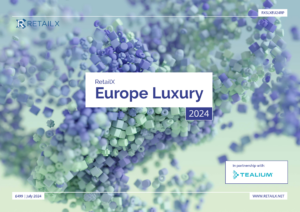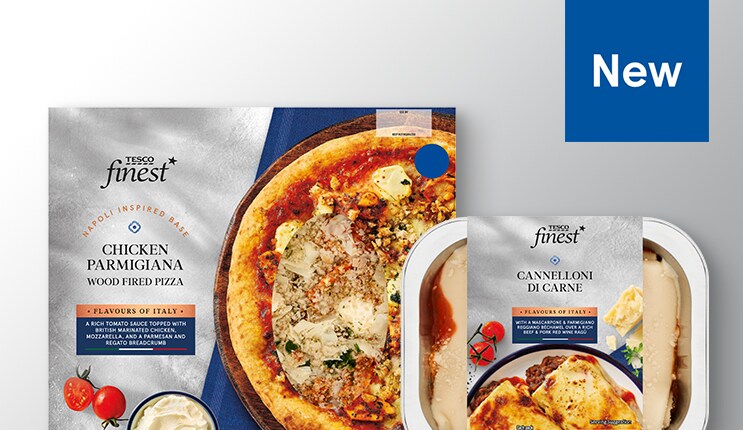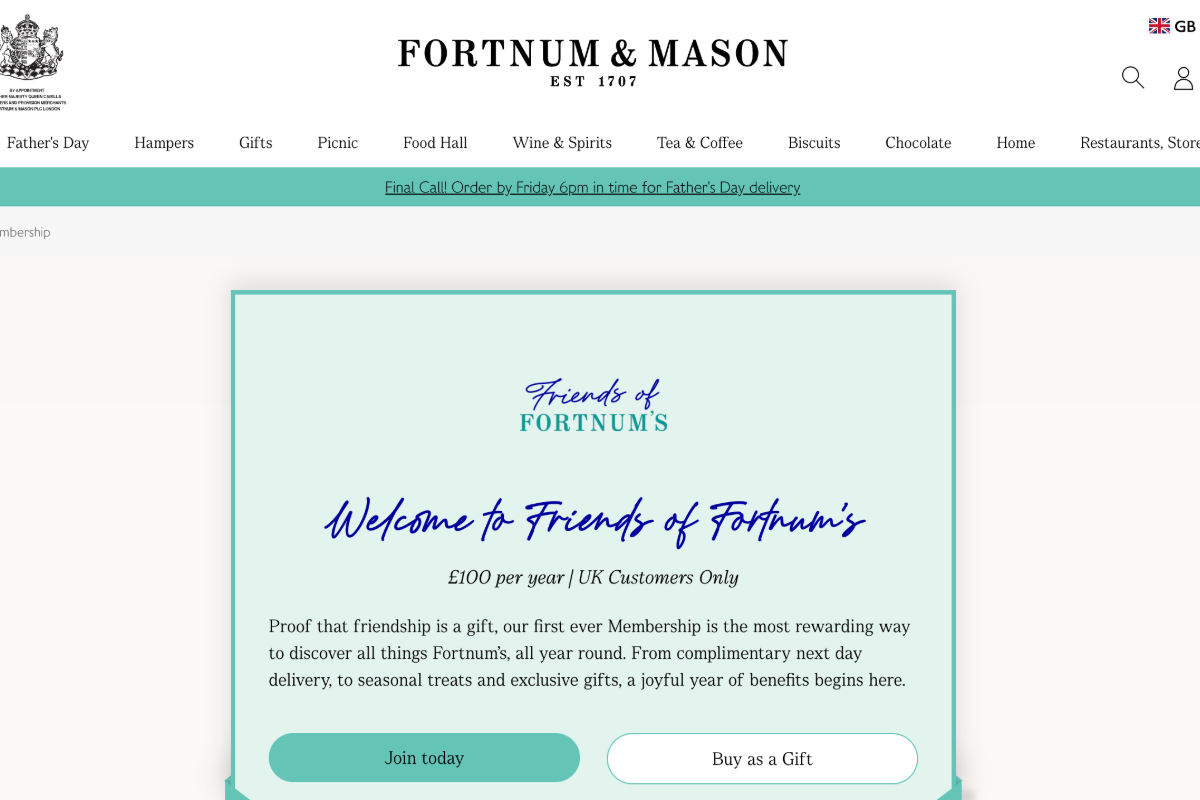Following steady growth across much of the 2010s, luxury online sales have flattened out since the pandemic, with the sector recording virtually no growth in Europe from its €15.5bn level in 2021.
Indeed, 2023 brought a small downturn to €15.4bn, as against €15.52bn in 2022. The RetailX Europe Luxury 2024 report predicts the flattening out of European luxury revenues seen in 2023 is set to continue, with consumers in the region largely opting to spend the same or less this year than last.
Data shows that nearly 55% are expecting to spend less, while 39% will be spending the same, just 6% expect to increase what they spend on luxury.

However, this picture is different depending on age. GenZ continues to cement its position as perhaps the most important segment of the population for luxury, with more than a quarter (27.8%) of them expecting to spend more on luxury in the year ahead. This is substantially more when compared with 17.3% of Millennials, 8.3% of GenX and just 1.1% of Boomers who expect to up their spending in the same time frame.
More tellingly, these GenZ shoppers show a significantly lower level of desire to spend less on luxury, with 51.6% expecting to do so, compared with 59.1%, 62.6% and 55% of Millennials, GenX and Boomers respectively.
This illustrates that where growth in the sector will come is from these GenZ shoppers. This points to the luxury brands that successfully key into the desires of this age group will be the ones that start to see sector breaking growth and come out on top. It is worth noting too that these brands may not be the most established or wealthiest, rather it will be those that are agile enough to embrace designing for and marketing to this audience now and as they themselves get older and more mature.
In contrast, Boomers should not be written off. This older, more traditional, segment of the population are the most likely to maintain their existing level of luxury spending – which is already significant – and so, while not generating growth as such, are actually keeping the sector buoyant. Here 42% of them – which is almost double that seen in the other age groups – are looking to maintain their spending at its current level.
The report stresses that one of the main reasons for the flattening out of luxury spending lies with inflation.
This is an excerpt from the RetailX Europe Luxury 2024 report, authored by Paul Skeldon.
Download the full report here, it uses the results of our ConsumerX data to analyse attitudes to what, why, where and how Europeans’ buy luxury goods. It also features key player profiles on Coach, Farfetch, Gucci, Guerlain, Longines, Louis Vuitton, Lyst, Pandora and Ray-Ban.
Stay informed
Our editor carefully curates a daily newsletter filled with up-to-date news, analysis and research, click here to subscribe to the FREE newsletter sent straight to your inbox and why not follow us on LinkedIn to receive the latest updates on our research and analysis.










